If you want to find the Beloved [namely, God],
Look nowhere else, search inside you, find in you.
—Niyazi Misri
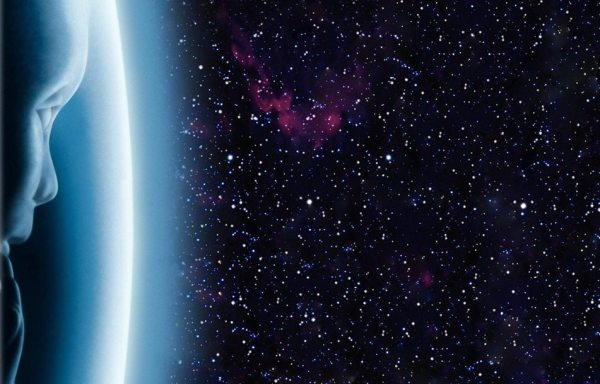
... I decide to climb the steps and have a closer look at the throne. ... I walk up until my eyes are level with the seat. I see then that the throne is not empty after all. There is a three-month-old baby lying on the seat and smiling at me. ... I stay with him for a few minutes longer, holding him in my arms without saying a word. In the silence I gradually become aware that the questions I had intended to raise with him have been answered. I put him gently back on his throne and say goodbye.
This is exactly how people perceived Master Kayhan. They would visit him, and as he talked, even if they weren’t addressed directly, they would find that their unspoken questions were being answered. At the same time, they would feel an elation silently descending on them. His smile was like sunshine that lighted their world. One of his students gave the following account: “One time, I went to the master with a question on my mind. He said, ‘Take that book over there and open it. I want you to read to me.’ I opened it and began to read. It was the answer to my question which I had not voiced. Another time, when I went with a similar question, he said, ‘Take that book and read the folded page.’ I did so, and received the answer to my unasked question.”However, our main concern here is with the baby. Anyone familiar with Stanley Kubrick and Arthur Clarke’s 2001: A Space Odyssey (1968) will immediately remember the “Star-Child” with which that science-fiction movie/novel ended. What is it that brings together a nondenominational Christian physicist and two professed atheists in a vision that unites them all?
Moreover, if we search for precedents, we will find that these are not lacking, either. The Romans had their puer aeternus (“eternal boy or youth”), whom we take here not in the “Peter Pan” (immature adult) sense but in its Divine Child sense. Before that, the Egyptians had Horus, the spirit-child who was the son of Osiris. In alchemy there is the “Philosophers’ Child,” “Child of Wisdom,” “ Child of the Egg” or homunculus, born symbolically in a retort which represents the human Heart. (One is cultivated in Goethe's Faust.) In Chinese Taoist alchemy, it is called the “immortal foetus,” “embryo of the Tao,” “seed pearl” or “starseed embryo.” In Buddhism, we have the “son of the Buddha.” In Christianity, we have the Christ-child born of a virgin, Mary (which is probably what Dyson was talking about). In Hinduism, its name is the Golden Egg (see also this) or Golden Child (hiranya-garbha). A more contemporary depiction of the egg can be found in the science-fiction movie Sphere (1998), where a large golden globe makes its visitors’ dreams come true.

Gold is traditionally the most perfect of metals, and because of its perfect geometrical shape, the sphere has traditionally been accepted as a metaphor for the Divine. (The golden sphere is also a symbol for the sun.) According to a tract of Hermeticism, The Book of the 24 Philosophers, “God is an infinite sphere whose center is everywhere and whose circumference is nowhere.” Alanus de Insulis (Alain de Lille) refers to God as “an intelligible sphere” in what is essentially the same quote.
What seems quite clear in all this is that we are not dealing with an isolated phenomenon. The famous psychologist Carl G. Jung has seen in the puer aeternus the future psychological development of human beings, the human goal of the “complete man.” Here he is coming quite close to the Perfect Human (insan al-kâmil) of Sufism.
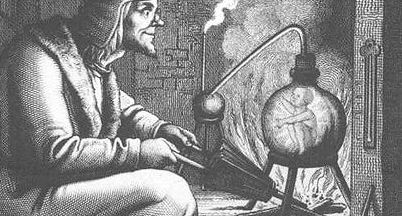
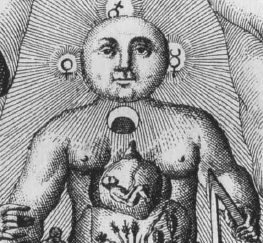
Left: Cultivating homunculus in a retort
(From Goethe's Faust, 19th-century engraving).
Right: Detail from J.J. Becher, Physica Subterranea, 1703.
Jung continues: “It was this boy into whom Faust had to change, abandoning his inflated onesidedness which saw the devil only outside…” Here we again see Jung’s intuition of the Base Self (nafs al-ammara) as it is called by the Sufis, which he termed “the shadow.” He continues: “what is meant is the boy who is born from the maturity of the adult man, and not the unconscious child we would like to remain.”
What I want to emphasize here is that the spirit-child is not merely some symbol or abstraction, but a very real fruit of spiritual progress. In Sufism it is called the Child of Meaning (tifl al-maani) or Child of the Heart (walad al-qalb). The Prophet’s Saying, “Die before you die,” is a call to spiritual death and rebirth. One is then “awakened,” as the open eyes of the Star-Child in 2001 bear witness, and is “twice-born.”
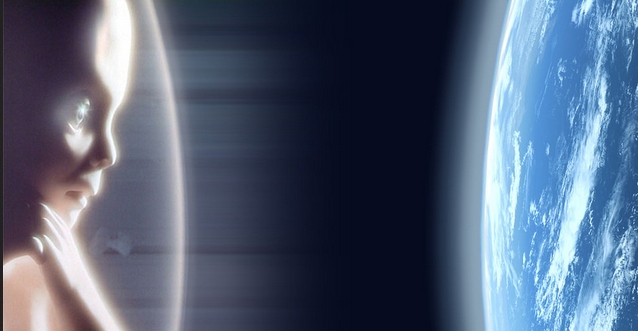
The Master on the Child of the Spirit
Here is what Master Kayhan had to say about the Child of the Heart, or the Child of Spirit/Meaning:
[Tifl al-mânâ, the spirit-child:] This is very delicate, this. It is a spiritual child that is fatherless, like Jesus. Everyone wants without effort. Be the possessor of the child of the spirit. If you were to retire to a cave for forty years, maybe you’d understand what this means…
[Walad al-qalb, the child of the Heart:] The Heart has a child… It’s actually the child of the spirit, not the child of the Heart. Worship and good works [doing things that please God] yield a baby, the baby of spirituality. Then there’s the baby of materiality: you get married, you have a child. May you have a baby of spirituality. As one continues to act on one’s knowledge of the Divine Law, the Heart is finally awakened. [The child of the Heart] is born after all of these. It is born in the last station, the Station of Absolute Unity [Ahadiyya, nonmultiplicity, nonduality]. That is, there’s no place for the Base Self here. If we come to that state, dreams will vanish. We’ll see with these eyes what we’re going to see in dreams.
(The Teachings of a Perfect Master, pp. 253-4.)

Depiction of the Child of the Heart by a modern artist.
The Grand Saint on the Child of the Heart
Abdulqader Geylani, also known as “the Grand Saint,” was one of the greatest Sufi sages. He has left us perhaps the best description of the Child of the Heart:
This name is given to it metaphorically, because it is concerned with the body and has assumed human form. It is the truth of humanity. Since it has nothing to do with matter, its existence does not constitute a veil to the Essence of God.
And here are the words of Jesus: “No one has ever ascended to heaven except the one who descended from heaven—the Son of Man” (John 3:13). The Grand Saint Geylani continues:A Tradition expresses this as follows: “I have a time with God such that no angel close to God and no Prophet can come between us.” The “Prophet” in this saying includes the human aspect of the Prophet of God. In another Tradition, our Prophet has stated: “I saw my Lord in the form of a beautiful youth.”
A fuller version of the Tradition is: “I saw my Lord in the best form of a beardless young man (shabb al-amrad)… He put His hand between my shoulders. I felt its coolness in my chest, and knowledge of all things was given to me.” (Narrated by Ibn Abbas, from Bayhaqi.)This is the child of the heart. It is God’s manifestation in that form.
What the possessor of knowledge needs to understand is this truth of humanity called the child of meaning. He needs to pass beyond the corporeal world to the spiritual world—the Secret World. Nothing exists there except the Essence of God. This is an infinite expanse where the child of meaning takes flight. There it sees strange and wonderful things, but it is impossible to convey information about them to others. This is the station of the People of Unity, who have found extinction (fana) from their own existence.
Jesus has said: “Unless a man is born again, he cannot enter the heavenly Angelic Realm” [compare John 3:3].
The Master’s comment on this: “Correct. The child of the Heart. This grows, develops, rises to the heavens, you see everything. Those are the ones they call the People of Miraculous Feats.” (Ibid.)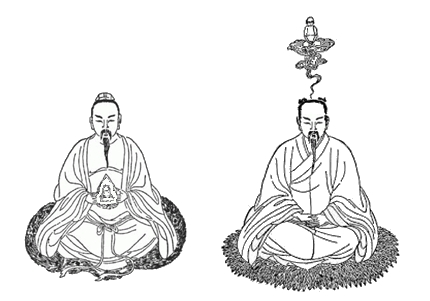
Cultivation of “the Embryo of the Tao” in Chinese alchemy
(adapted from The Secret of the Golden Flower).
Birds, too, are twice-born. In its first birth, the bird consists of an egg. If it is not reborn, leaving its shell behind, it can never fly.
What is meant by this is birth in the world of meaning, the spiritual world. This latent capacity in man is the secret of humanity. It is realized by the combination of the sciences of Divine Law and Gnosis, just as the union of “two waters” forms a child.
(From Geylani, The Mystery of Mysteries.)
And Jesus said, “unless one is born of water and the Spirit, he cannot enter the kingdom of God" (John 3:5). Being born of water is material birth, as is Geylani’s reference to “two waters” (male and female seeds). But in order to enter the Kingdom of God, one has to be born/reborn spiritually, as well. And that spirit-child is none other than what has been termed the Child of the Heart in Sufism.God’s fingerprints are all over the universe
All you have to do is find Him.
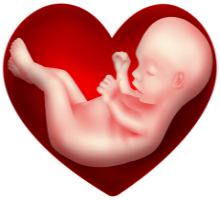
The Child of the Heart. Click here to see the grown-up version.